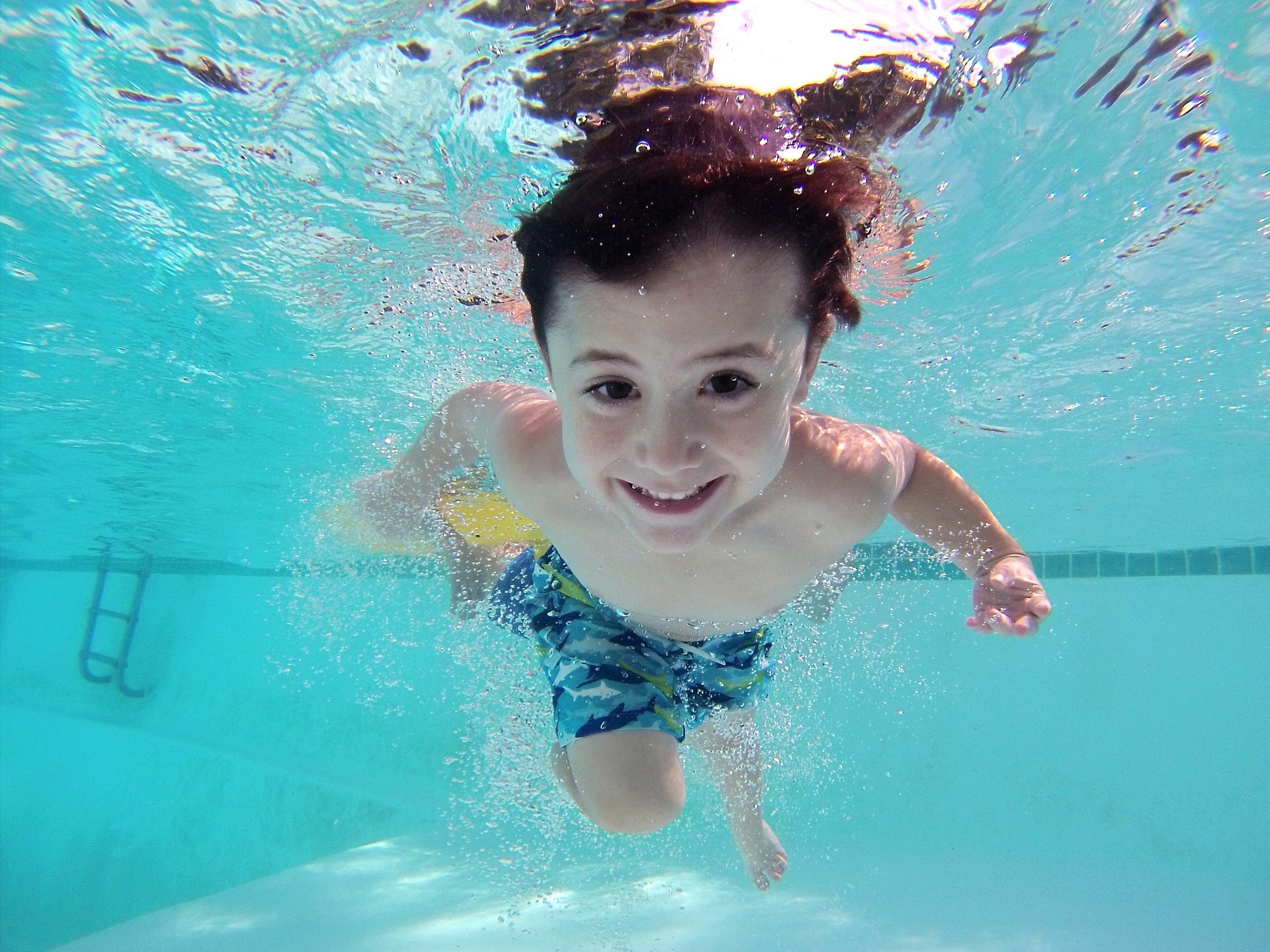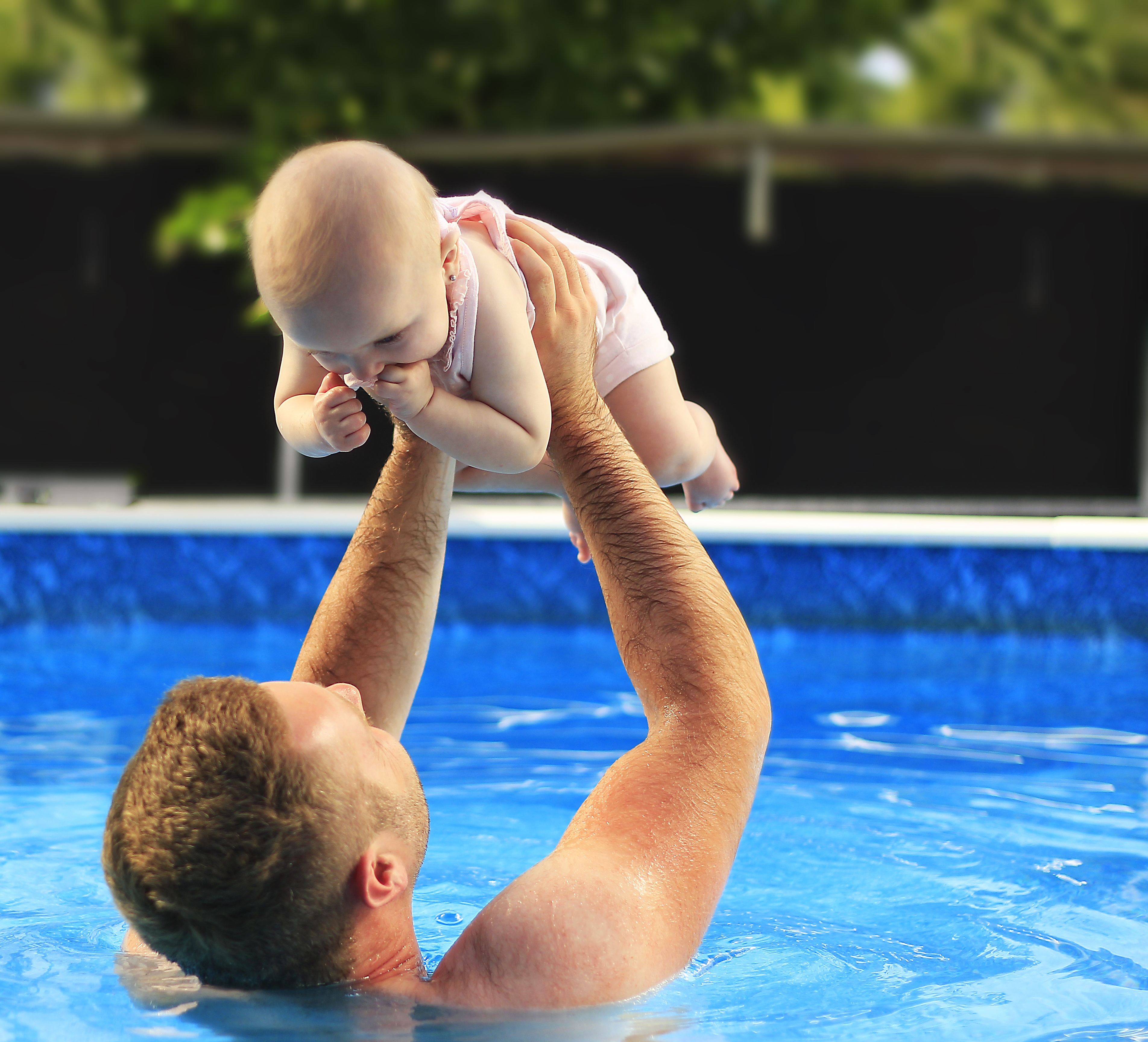Courtesy of Life Saving Victoria …
DO YOU KNOW THE SIGNS OF DROWNING?
• Non swimmers who are drowning may display a lot of movement, and may move their limbs a lot, but it is not effective movement
• They tend not to travel through water in a particular direction
• They often have a vertical body position rather than horizontal
• They have non-supportive movement patterns (climbing a ladder with their arms or bending legs at the knees)
• Counter intuitively, drowning is often silent. Non swimmers often do not cry out for help as they are in panic and use all energy trying to escape the water and are unable to speak
• Their heads can be tilted back or they may be looking towards safety or help
WHAT TO DO IF YOU SEE SOMEONE DROWNING
1. Call for help:
• If there is a lifeguard present, call for their help.
• Call out to other bystanders
• Ring 000.
• Tell 000 who you are, where you are and what is happening
2. Assess and plan:
• Before deciding to take action, know your own swimming ability and make a rescue plan
• Identify if there is a rescue aid such as a flotation device that can assist
• If the person drowning is bigger than you or similar size to you, your safety is paramount
3. Take action:
• As loudly as possible, instruct the person to kick with their legs and keep their face above water
• If your rescue plan involves getting in the water, try to get the rescue aid close to the person but it is very important to keep a safe distance as you don’t want to be dragged under water
• Re-assure the swimmer on approach that they are going to be OK, but they need to listen to you and not try and grab you
• Always keep an eye on the person’s body position in the water
• If you have a flotation device with you hold it out in between you both and ask them to take hold of it.
• Once they have hold of it, encourage them to kick with their legs and start to tow them back to safety.
• If you have no rescue aid, you will need to perform a ‘contact tow’ which involves keeping the person above water while towing them to safety.
4. Take care of your own safety
• The best way to approach a person drowning in the water is in a “defensive position”. Tuck your legs up in front of your chest and your arms further away so it is harder for them to grab you
• If you get too close and they do grab you, use your feet to push them away from you
• If not possible, submerge yourself and swim downwards until they let go of you. You will need to swim away underwater and then come back up and approach them in a defensive position again
• Make sure you communicate to swimmer what you need them to do.









